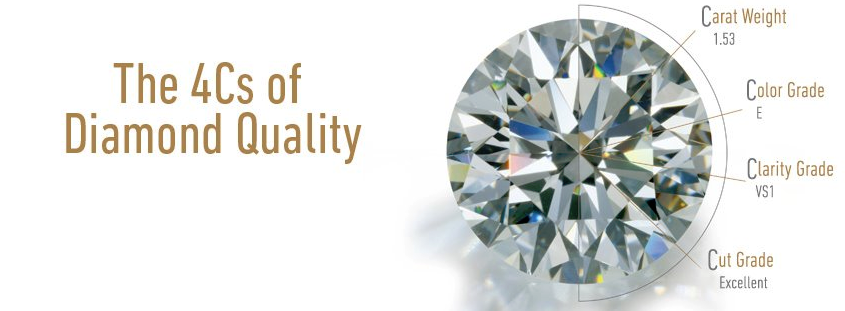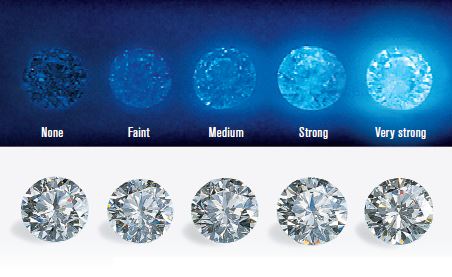You would have heard of the 4 Cs of diamond buying. At First State Auctions we believe that there are 6 Cs that anybody purchasing a diamond should be taking into account.

When buying and selling a larger diamond, a Diamond Certificate is an important tool for giving accurate grading of colour, cut, clarity and carat weight (The 4 Cs). It has a dramatic effect on the price of the diamond if any of the gradings are over stated.
So we believe there should be 6 Cs to diamond buying, the 5th C being for Certificate. Unless you have a reputable, recognised and trusted diamond certificate, you can't measure accurately the 4Cs, and then you can't be certain of the correct price that should be paid.
The 6th C is for 'see'. Each diamond is unique and can only truly be appreciated by looking at it. It is very important to be aware of the 5 Cs because they dictate the price of the diamond. But the diamond should still be bought with your eyes with which you see.
The original 4C's
Colour, cut, clarity & carat are the original 4Cs, for more information you can view the GIA videos below explaining the 4Cs. GIA is considered the final word on a diamonds authenticity and quality. GIA developed the 4Cs and the International Diamond Grading System, the grading standard adopted by jewellery professionals around the globe.
The usefull chart below covers the GIA clarity spectrum often used to compare and value diamonds.

Why is a Diamond Certificate important?
A diamond certificate should be conducted on the loose diamond the only way to be accurate. This way the setting is not obstructing the measuring of important information that make up the value of the stone. The laboratory should also be independent of any retail or wholesale business.
Why a reputable laboratory?

Diamond Grading is subjective. Some laboratories' standards of a D colour or VVS1 clarity are much lower than others. First State Auctions accepts GIA, GSL, HRD and IGI graded diamonds to our auctions. We have found other less reputable laboratories to grade diamonds two grades of colour and/or two grades of clarity higher than GIA or GSL. That means the stone you are buying as a VS1 and E colour with a less-reputable laboratory, for example, could be graded by GIA or GSL as SI1 and G colour a big difference in value and the price you should be paying for your diamond.
We have come across laboratory certificates from DIA, GLA, GDA, GAI. These are genuine laboratories but not recognised by the Australian Gemmological Association or internationally renowned. They are not GIA, even though they may sound like GIA to the uninitiated.
So, the advice is to only buy diamonds with a reputable, recognised and trusted diamond certificate to ensure that you achieve the 5th and 6th C - the right Cost and get what you are paying for!
Certificates
The word 'certificate' is almost a generic term for various types of reports on pieces of jewellery and loose gem stones. Some are statements of authenticity created from a superficial examination, while others are an extensive examination using sophisticated equipment.
It is important that any form of certificate be from an independent source, with relevant qualifications and that they are members of and recognised by the relevant jewellery, valuation or gemmological association.
At First State Auctions, we believe that a Valuation Certificate can be misleading and can give the impression that the item is actually worth the amount it's valued at. This is often not correct, and is frequently over stated due to the process of valuation being very subjective.
Understanding Diamond Fluorescence

Diamond fluorescence is a greatly misunderstood concept. It refers to the reaction within a diamond that causes the diamond to glow when it is exposed to ultraviolet light. For most customers who buy a diamond, fluorescence will not be an issue; however some people might be confused by the term.
The Gemological Institute of America (GIA) is a non profit organisation and is the leading and most respected worldwide authority in diamond certification. Established in 1931, GIA’s goal is to protect all buyers and sellers of diamonds by setting and maintaining the standards used to evaluate a diamond’s quality.
Click here to read more about GIA’s view on Diamond fluorescence
